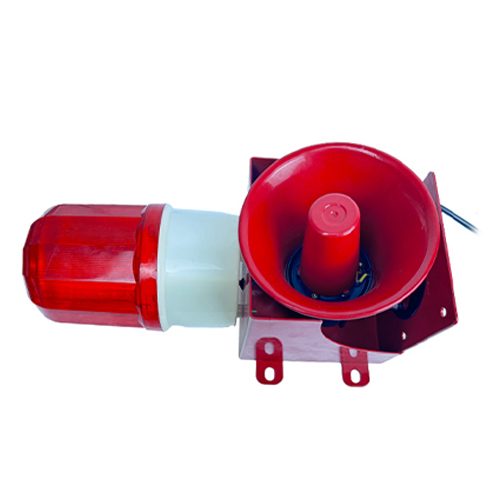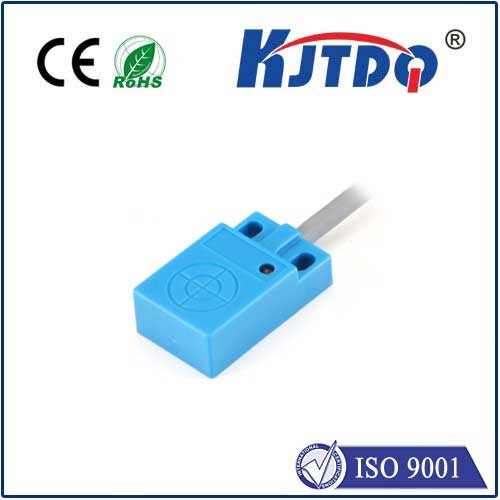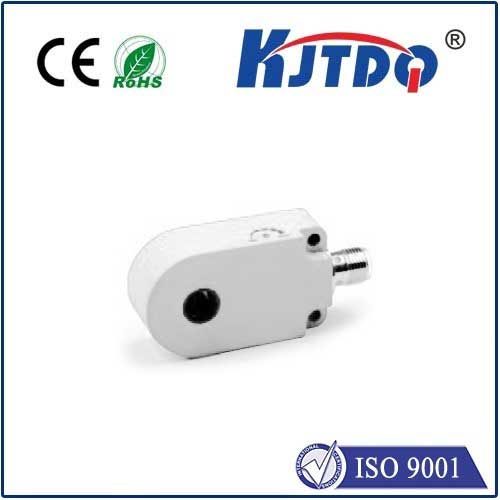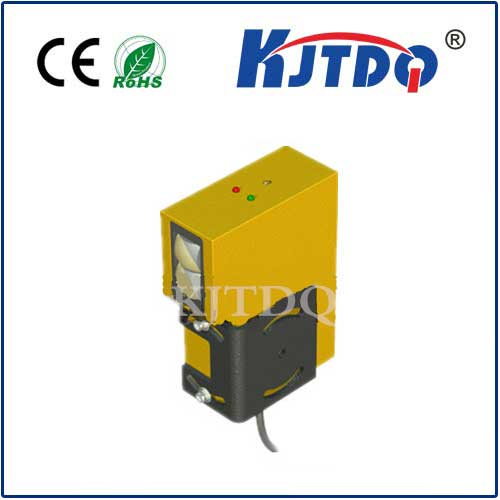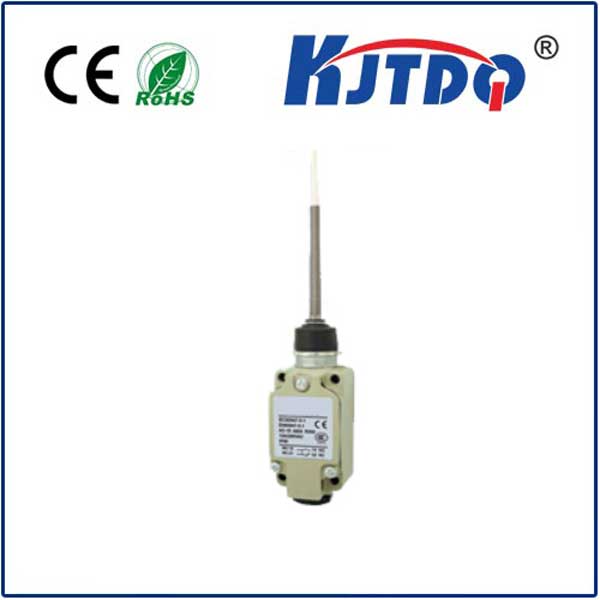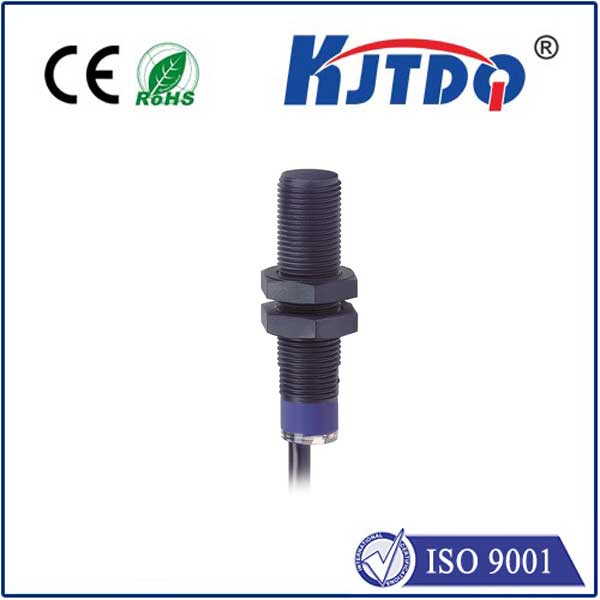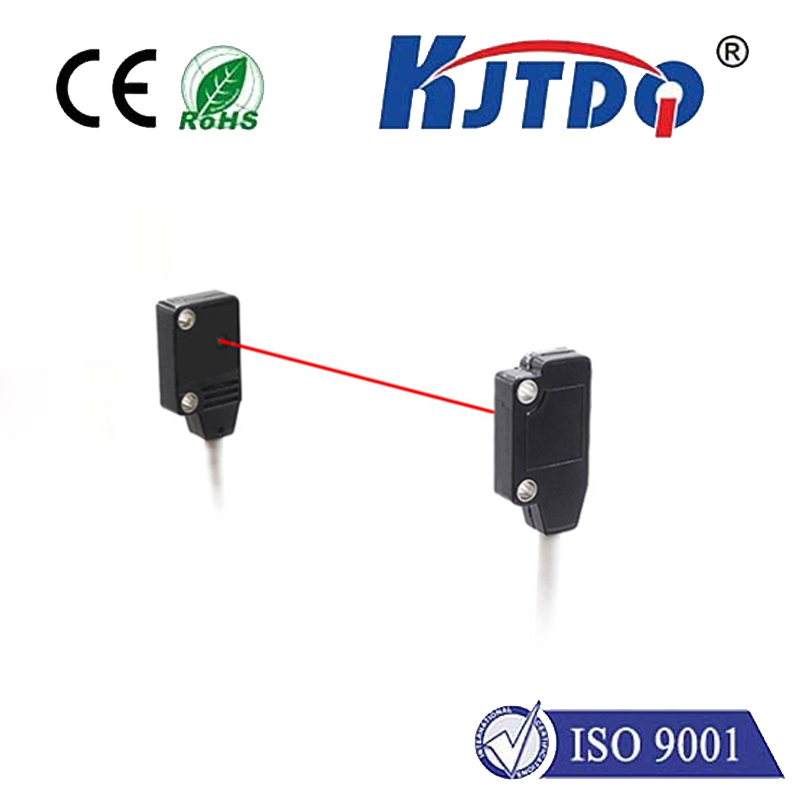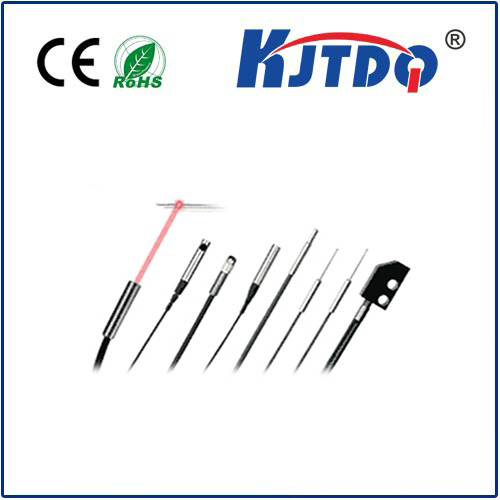inductive touch sensor
- time:2025-07-11 03:45:14
- Нажмите:0
Unlock Precision Control: How Inductive Touch Sensors Revolutionize Industrial Interfaces
Imagine controlling complex machinery on a factory floor slippery with oil and grime. Traditional buttons gum up, membranes tear, and capacitive screens falter with wet gloves. There’s a solution operating silently, reliably, utterly immune to these harsh realities: the inductive touch sensor. This often-overlooked technology provides robust, precise interaction where others fail, making it indispensable in demanding environments. This article delves into the world of inductive touch sensors, exploring their unique advantages, operating principles, and the critical industrial roles they fulfill.
Unlike their capacitive cousins popular in smartphones, which detect changes in an electrostatic field caused by conductive objects like a finger, inductive sensors operate on a different fundamental principle: electromagnetic induction. They generate a high-frequency alternating electromagnetic field using a coil housed within the sensor. When a metallic target – even one separated by a non-conductive barrier – enters this field, eddy currents are induced within the target material.

It’s the interaction of these eddy currents with the sensor’s original field that creates the magic. The eddy currents generate their own opposing magnetic field, effectively damping the energy in the sensor’s oscillating circuit. This measurable change – a drop in oscillation amplitude or energy loss – is precisely detected by the sensor’s electronics. Sophisticated signal processing then converts this physical interaction into a clear, binary output signal (ON/OFF state), effectively registering a “touch” or proximity event. Crucially, this mechanism means the sensor doesn’t require physical contact and the target doesn’t need to be electrically conductive to the user – it just needs to be metal.
This core principle unlocks a suite of compelling advantages, particularly in industrial settings:
- Extreme Environmental Resilience: Sealed within robust casings (often metal or high-grade plastic), inductive touch sensors laugh in the face of dirt, dust, oil, grease, coolants, moisture, and even high-pressure washdowns. Their non-contact operation means no mechanical parts to wear out or membranes to puncture. They are the workhorses of dirty workshops, food processing plants, and outdoor machinery.
- Glove and Barrier Friendliness: Because they sense the metal behind the interaction point, inductive sensors work flawlessly through operator gloves (even thick industrial types), paint, plastic overlays, glass, or even thin metal panels. This allows for elegant sealed interfaces and protection against vandalism or accidental activation.
- High Reliability & Long Life: With no physical contact required for actuation and robust construction, these sensors boast exceptional longevity and reliability, significantly reducing maintenance downtime and replacement costs compared to mechanical switches.
- Immunity to Surface Contaminants: Oil, water, dust, or condensation on the sensor’s surface typically have negligible impact on its ability to detect a metallic target behind it. This is a critical advantage over capacitive sensors in messy environments.
- High-Speed Switching & Precision: Inductive touch sensors offer fast response times, making them suitable for applications requiring rapid actuation counting. They provide a crisp, precise actuation point.
These strengths make inductive touch sensors the go-to solution across numerous demanding sectors:
- Industrial Machinery & Controls: Machine tool interfaces control panels, CNC operator stations, robotic cell controls, and assembly line equipment benefit immensely. Sealed inductive touch buttons resist constant exposure to coolants, metal shavings, and grime.
- Agriculture & Heavy Equipment: Tractors, harvesters, and construction machinery utilize these sensors on dashboards and control panels. They withstand mud, dust, vibration, and temperature extremes, working reliably with operator gloves.
- Food & Beverage Processing: Meeting stringent hygiene requirements (IP69K ratings are common), inductive sensors are used on processing equipment, filling lines, and packaging machines. They tolerate steam cleaning, food splatter, and corrosive washdown chemicals without degradation.
- Medical & Laboratory Equipment: Where sterility and reliability are non-negotiable, inductive touch interfaces work effectively through disposable plastic covers or sealed glass panels, preventing contaminants from entering sensitive areas.
- Building Automation & Access Control: Durable elevator buttons, access keypads (especially exterior), and control panels in harsh environments leverage the long life and vandal resistance of inductive technology.
- Appliances: High-end appliances, particularly commercial dishwashers or laundry equipment exposed to moisture and detergents, utilize inductive proximity sensing for critical controls.
While capacitive touch dominates consumer electronics due to its sensitivity to skin and multi-touch capabilities, inductive touch carves its niche where robustness, immunity to environmental factors, and longevity under stress are paramount. The choice isn’t about one being universally “better,” but about selecting the right tool for the specific environmental and operational demands.
When the operating conditions involve metal targets, challenging contaminants, the need for sealed interfaces, or operation with gloves, inductive touch sensing emerges as the superior, often essential technology. Its reliance on electromagnetic fields provides a level of environmental immunity unmatched by its counterparts. By enabling reliable interaction where traditional interfaces falter, inductive touch sensors are quietly powering the control systems that drive demanding industries forward, proving that true reliability often lies beneath the surface.

